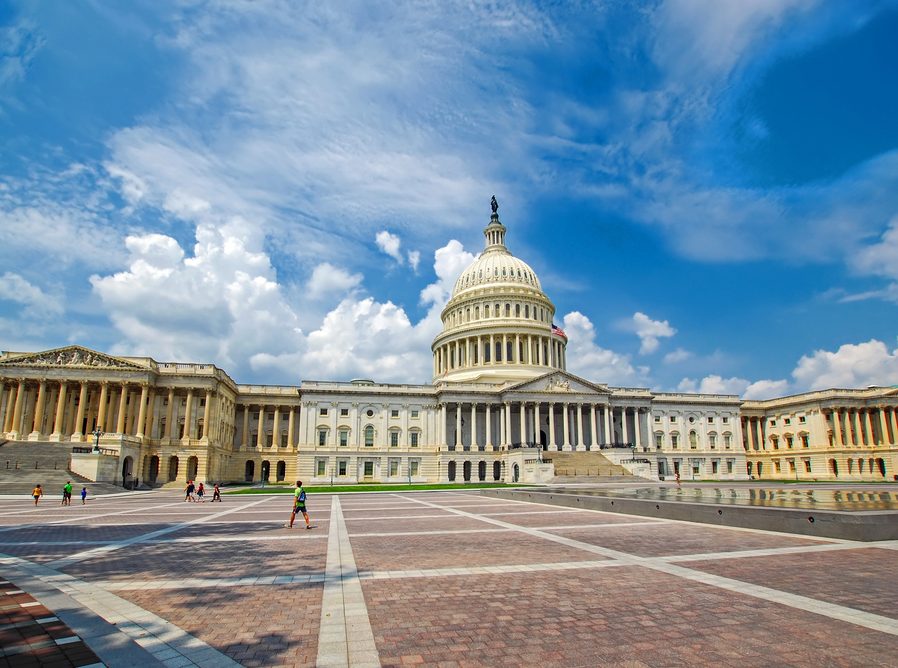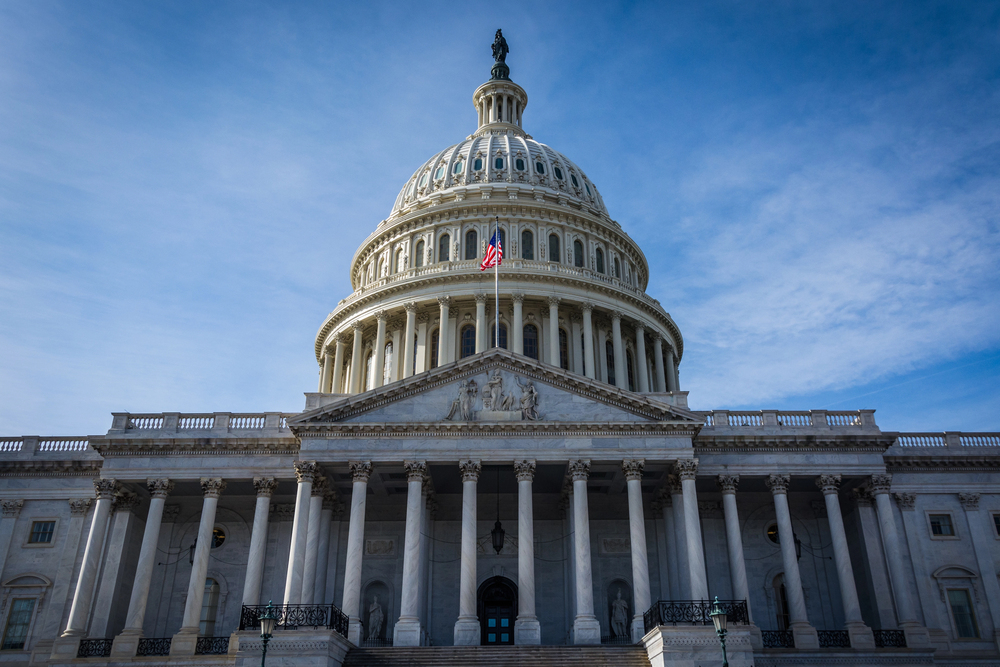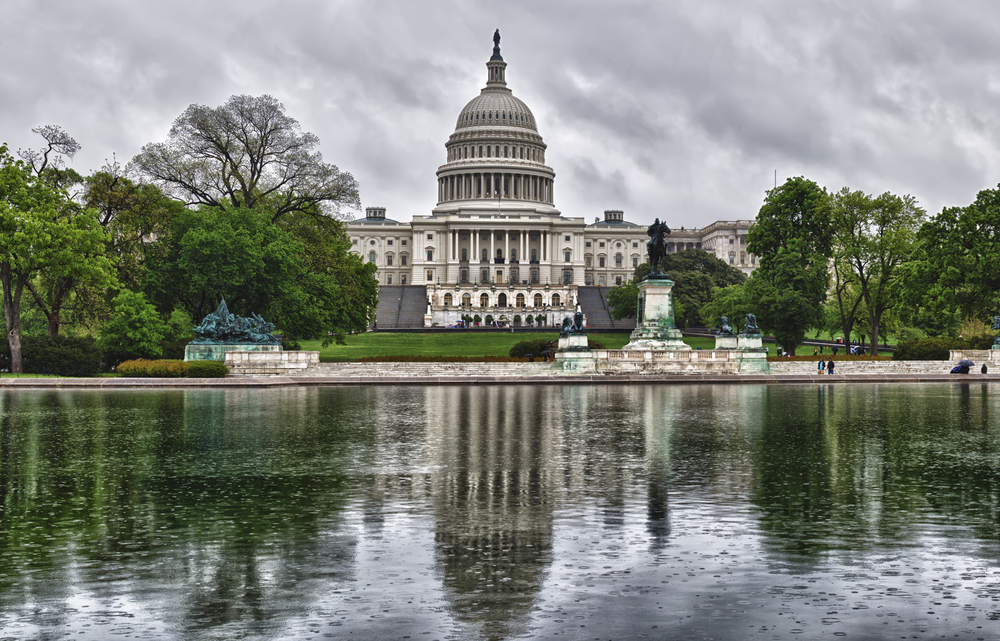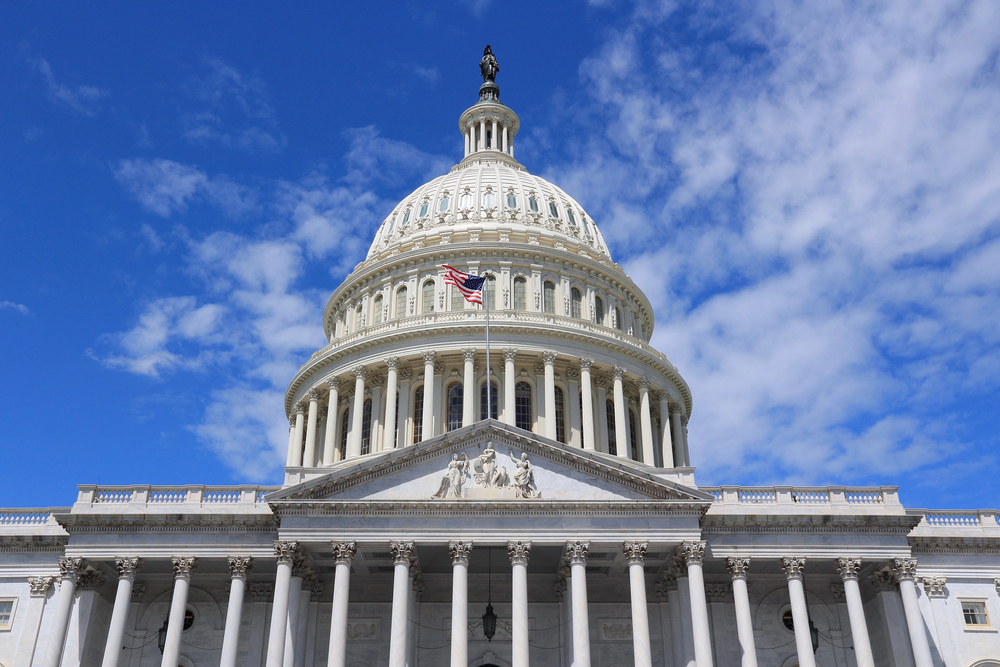How Offering Both Government and Private Flood Insurance Options May Benefit Clients

By: Olivia Overman
While COVID-19 may have held the top spot in news headlines for close to two years, flooding and the impact of natural disasters across the U.S. continue to affect homeowners and businesses. Flooding is the most common and costly natural disaster in the U.S., causing billions in economic losses each year, according to the Insurance Information Institute. And with 90% of natural disasters in the U.S. involving floods, climate change and the peril of flooding are of growing importance.
“The changing climate has certainly impacted the flood insurance market already, and it will continue to impact the market into the future,” says Christa Nadler, area executive vice president—property, Risk Placement Services Inc. “You can’t open the news journals right now and not see something about flooding.”
“We’re seeing events happening in areas that have never flooded before and, unfortunately, many of the people impacted are not insured,” says Cassie Masone, vice president of flood operations, Selective. “I think we’re going to continue to see this happen throughout the next five, 10 or so years down the road.”
Risk Rating 2.0, FEMA’s new pricing methodology for the National Flood Insurance Program (NFIP), became effective Oct. 1, 2021, for some policies and many private flood carriers are watching the market to see where they can fill any gaps.
“What jumps out to us is the need for coverage to close the protection gap,” says Justin Smith, chief underwriting officer, Applied Underwriters Inc. “FEMA estimates about 4% of homeowners are insured for flood, and a recent Milliman study estimates the total flood market to be around 10 times what it is today. With the advent of Risk Rating 2.0, a long-overdue transformation to pricing is underway which should eventually entice private carriers to get their toes wet and enter the market.”
Carriers that have already entered the private flood arena “are seeing more interest from insureds and agents in the market,” Nadler says. “NFIP pricing is increasing in some cases, and, with the increases, insureds are seeking alternatives that might be more cost-effective. I think there’s also a heightened awareness of the differences in coverage between the NFIP and the private market.”
As Risk Rating 2.0 looks to ensure insurance pricing more accurately reflects each property’s unique flood risk, the impact is set to be a significant one.
“What we are seeing from Risk Rating 2.0 is that rates are actually equitable or more equitable than what they’ve been in the past,” Masone says. “They are more indicative of the risk that a property presents, so there are going to be some insureds that are going to see rate increases, but there are also going to be insureds that see rate decreases based upon where their risk is relative to a flooding source.”
In the longer term, the impact of private flood insurers may be dramatic. “We expect the transformational change in pricing to encourage private carrier capacity as rates get to levels generally considered as adequate,” Smith explains. However, “there is a cap on annual premium changes so it may take a bit for current risks to get to what the market would consider as a competitive price,” he says. “New risks will likely have a wider range of pricing depending on the underlying risk, as the caps don’t pertain to them.”
For the private carriers in the flood market, pricing risks correctly is the main challenge at this stage. “The difficult part of navigating the market is that every risk stands on its own merit, so it’s hard to know where the private market will or will not be competitive with the NFIP or with other private markets,” Nadler says. “I’ve seen risks where the NFIP pricing was over $1 million, and we were able to place it in the private market for $300,000 or less. I’ve also seen accounts where the NFIP was much more price-competitive than the private market.”
Meanwhile, “in terms of rates, flood policies have always seen annual rate increases—it’s just the annual cost of inflation type of increases that policies generally seek,” Masone says. “But with the new rating formula on Risk Rating 2.0, the rate increases can vary, even though there is a rate cap of 18%.”
However, “the beauty of Risk Rating 2.0 is that ultimately, those rate increases will stop once the policy gets to the full risk rate or the property’s true cost of flood insurance,” Masone adds.
“Private flood insurance has not been a substantial line long enough for us to see if the industry is really pricing it correctly,” Smith says. “Underwriting results have been OK overall, with one very bad year due to Hurricane Harvey in 2017.”
Going forward, “I definitely think there’s a healthy balance between private carriers offering flood insurance and the NFIP program, and I think we need to continue to push that message,” Masone says.
Olivia Overman is IA content editor.










